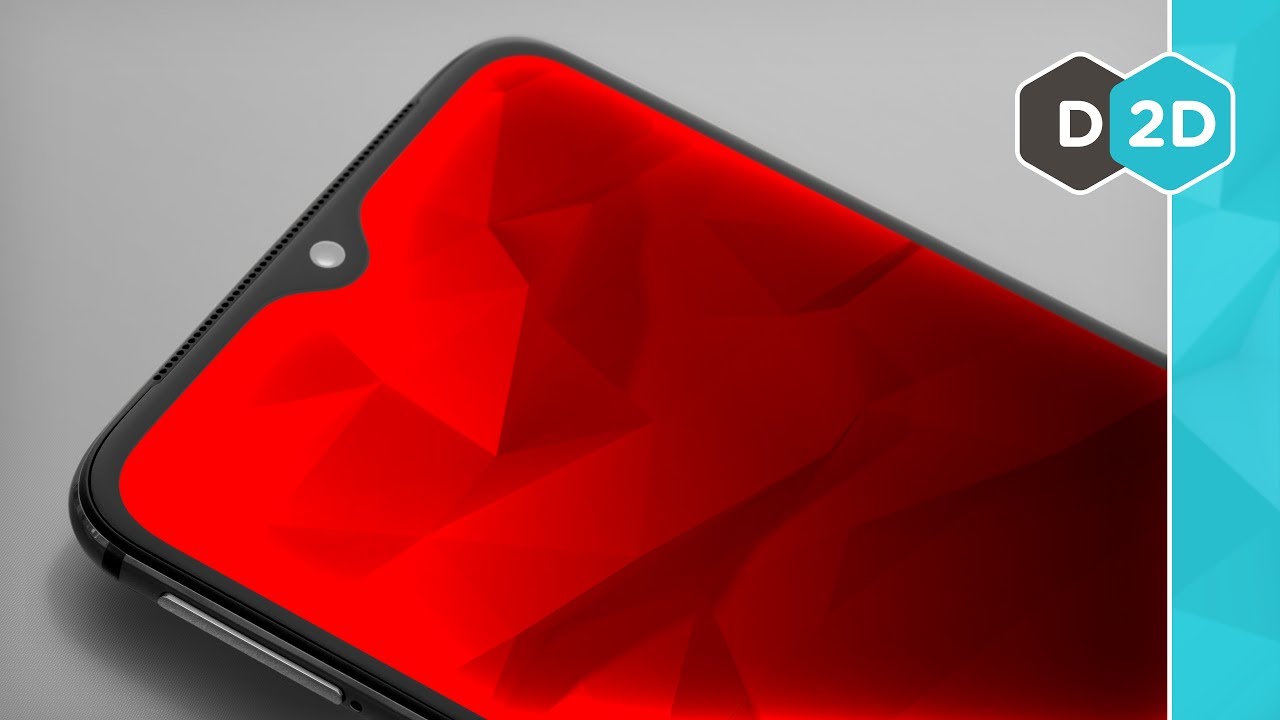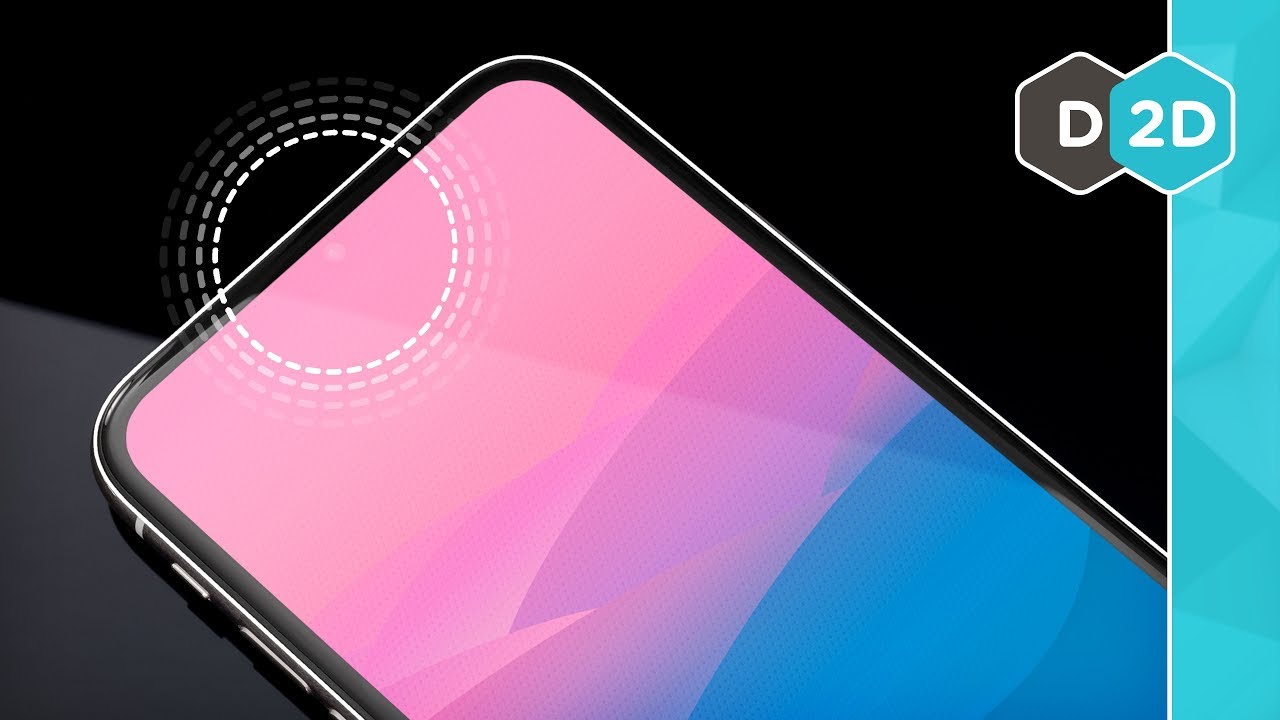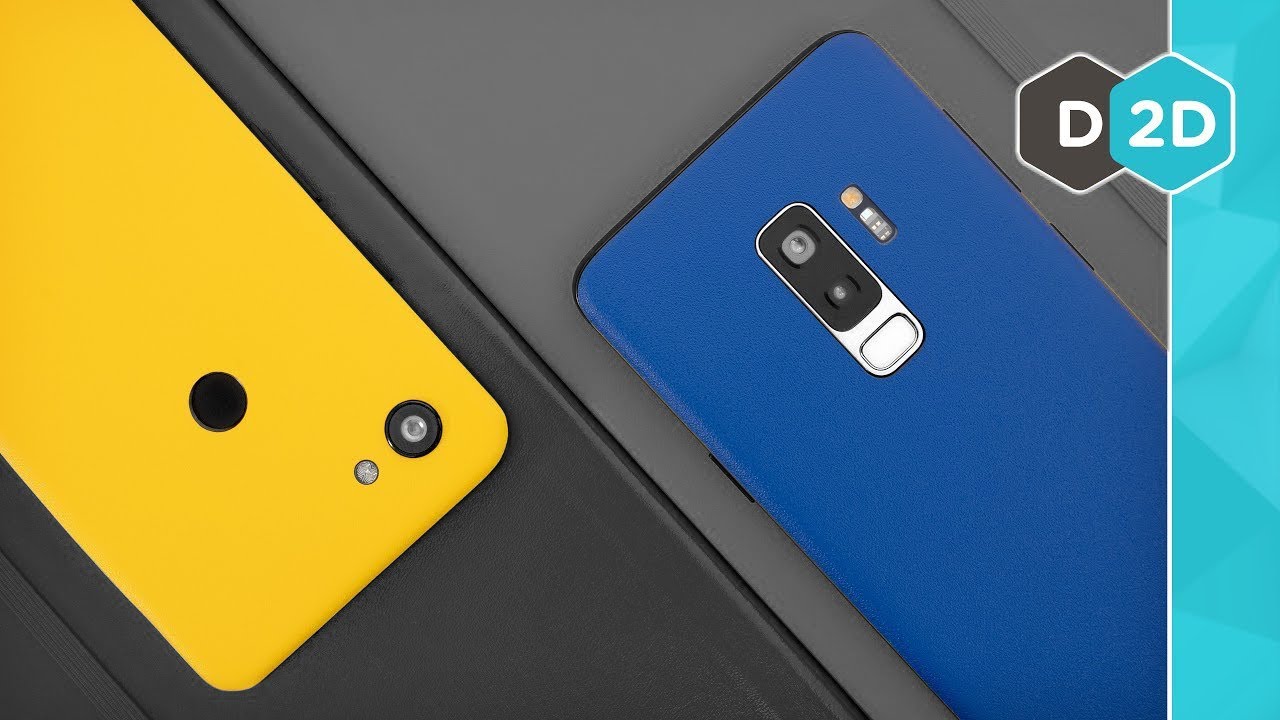
Google keeps experimenting with all kinds of new features for Chrome browser, and one of them appears to concern the high contrast mode that users can enable in their operating systems.
On Windows, for example, the high contrast mode is often enabled not necessarily as an accessibility feature, but as a mode that simplifies everything on the screen.
And because of that, Google Chrome needs to be able to adapt to this adjusted visual style, and this is exactly what Google has been working on lately.
Reddit user Leopeva64-2 has discovered a new flag added to Google Chrome which when activated forces the browser to display sites in high contrast mode as well.
But let’s take everything one at a time and see how Chrome’s behavior changes going forward.
First and foremost, Google Chrome is already able to determine when you’re using a high contrast mode in the operating system, so it can react accordingly.
In Windows 10, for example, the stable version of Chrome detects when the high contrast mode is enabled and prompts users to install an extension that could help render websites properly.
Browse the web in high contrast mode
Try:
High Contrast Extension
Dark Theme
Both the high contrast extension and the built-in Google Chrome dark theme certainly help when the high contrast mode is enabled on a device, but it looks like Google wants to make everything a bit more seamless and force websites to render sites in high contrast mode without any user input.
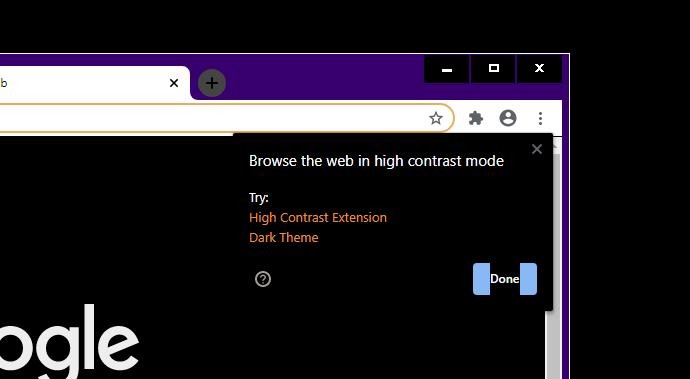
In other words, if you enable the high contrast mode on your device, Google should turn on this feature inside the browser as well, so websites would be rendered accordingly without you having to touch any other switch.
“When high contrast is currently enabled in Chrome, a popup is displayed prompting the user to install the High Contrast extension. This extension uses CSS/SVG filter effects overlaid on the entire webpage using its own predefined themes. The advantage of enabling high contrast in the core platform, in comparison to the extension-based approach, is that it provides a more seamless experience for users with the rest of the Windows OS. This includes not just the browser-context, but also other Chromium-powered applications,” Google explains.
A flag to enable this new capability in Google Chrome has already been added to the Canary version, and you can give it a try pretty fast. First of all, update Google Chrome Canary to the latest version, and then type the following code in the address bar of the browser:
chrome://flags
Next, search for the following flag:
Forced Colors
If you want to use the fast lane, copy the following code and paste it in the address bar of the browser:
chrome://flags/#forced-colors
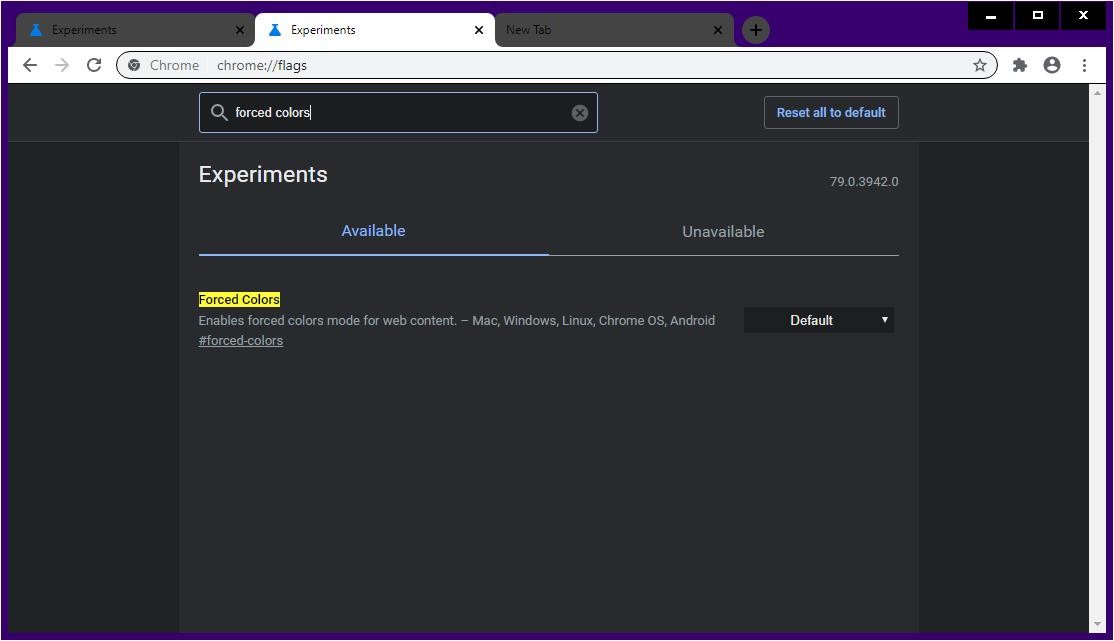
You’re going to need to reboot the browser, after which the high contrast mode is automatically enabled. Remember that the high contrast setting should also be enabled on the operating system. To disable this behavior, you only need to set the flag to the…
https://news.softpedia.com/news/how-google-chrome-will-handle-high-contrast-mode-going-forward-527829.shtml













